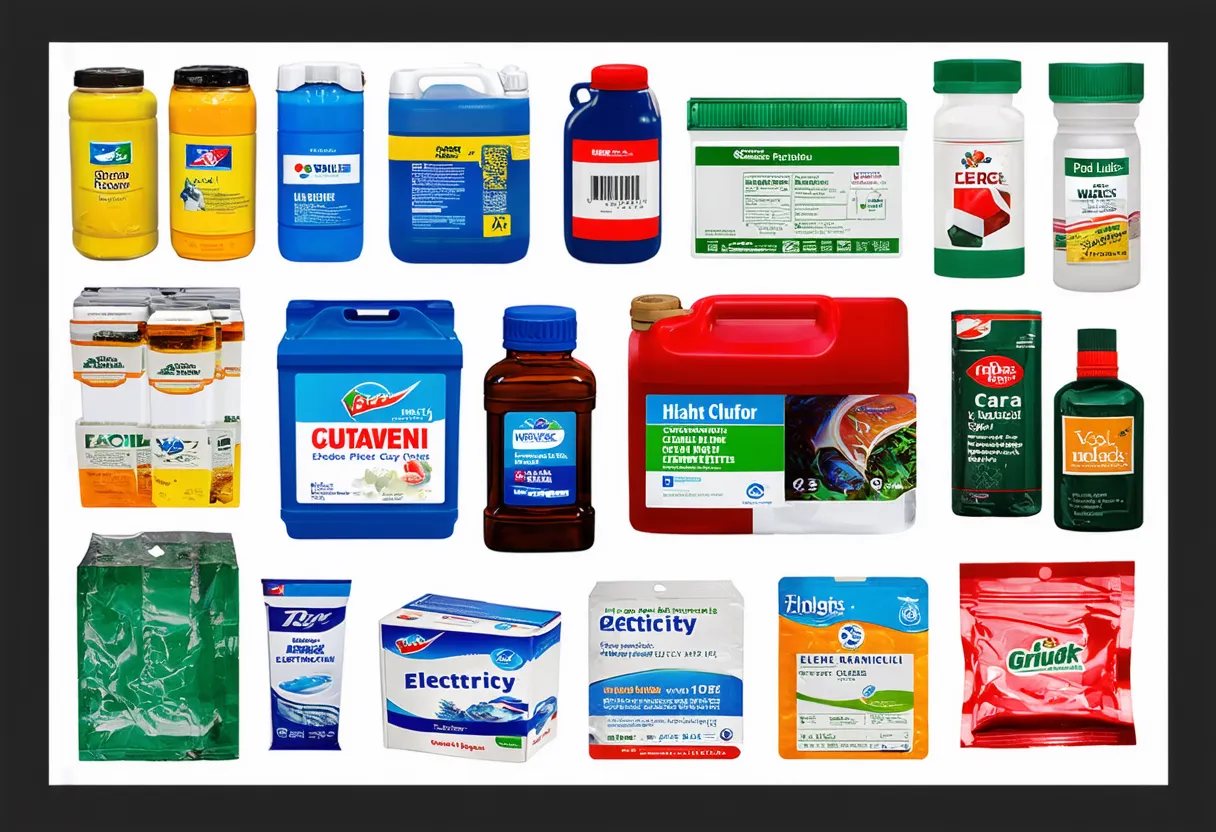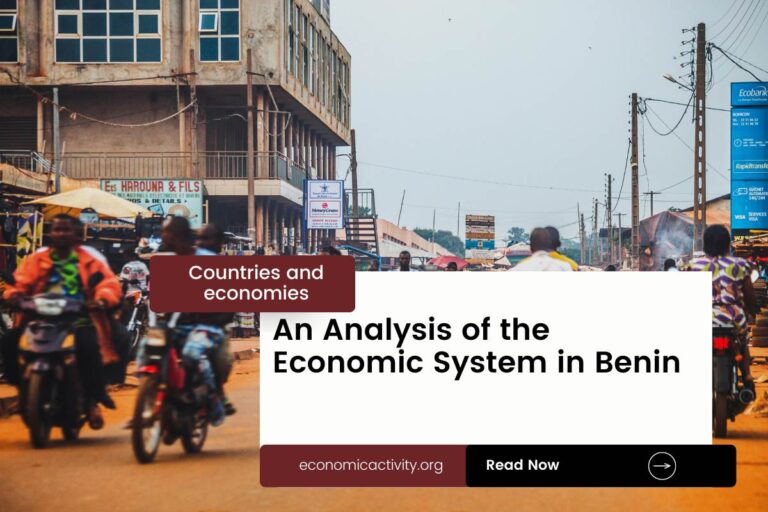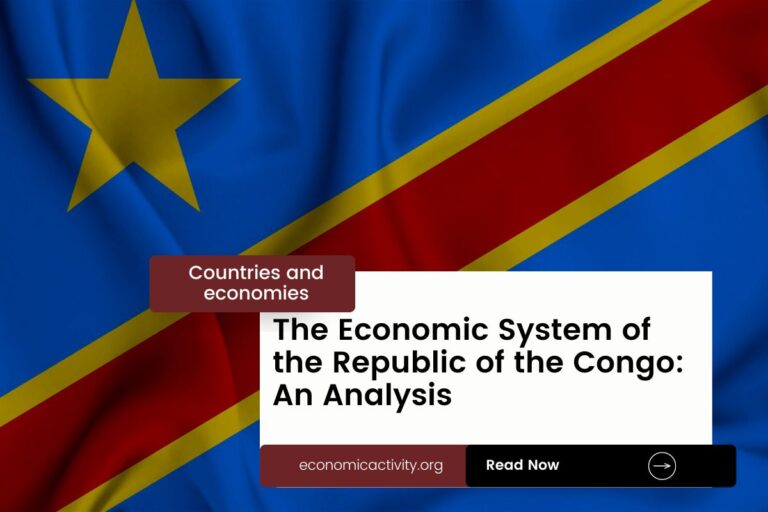Serbia, with a population of 6,664,449, is ranked 104th globally, just behind Paraguay. Located in Southeast Europe, it covers 84,990 sq. km, ranking 110th, below Azerbaijan.
Serbia’s economic position in 2022 shows a GDP of $63,563,401,043.50, ranking it 84th globally. It falls behind the Democratic Republic of Congo, whose GDP is $64,718,641,221.22. In terms of GDP per capita, Serbia ranks 79th with $9,537.68, trailing behind Grenada with a GDP per capita of $9,689.08.
Despite facing challenges, Serbia’s economy continues to grow steadily, with a focus on sectors like manufacturing, agriculture, and services contributing to its overall economic stability.
What are the economic activities of Serbia?
- Primary activities: 9.8% of GDP.
- Secondary activities: 41.1% of GDP.
- Tertiary activities: 49.1% of GDP.

Primary Sector of Serbia
The primary sector in Serbia, particularly agriculture, thrives due to its favorable climate and abundant natural resources. With 41.44% of the country’s land dedicated to agriculture, Serbia produces a variety of crops and animal products. The main agricultural products include maize, wheat, sugar beets, milk, sunflower seeds, potatoes, plums, apples, barley, and soybeans.
Despite contributing 9.8% to the GDP, agriculture plays a crucial role in the economy by providing employment and sustaining rural communities. The diverse range of products highlights the sector’s importance and resilience in Serbia’s agricultural landscape.
The diverse geological landscape in Serbia provides a rich array of natural resources, including oil, gas, coal, iron ore, copper, zinc, and more. These resources play a crucial role in the economy, driving sectors such as mining, energy production, and agriculture, leveraging the country’s abundant arable land for agricultural productivity.
Serbia’s oil production of around 15,199 barrels per day places it at the 52nd position in the world ranking. With oil reserves of 77.5 million barrels, the country holds 0.0% of the world’s oil reserves, contributing significantly to its economic activity.
Serbia’s natural gas production of 586 million m³ in 2020 ranks it 71st in the world. This production contributes significantly to the country’s economic activity, supporting industries such as manufacturing, transportation, and residential energy consumption. The availability of natural gas resources in Serbia helps reduce dependency on imports and strengthens the country’s energy security.
Secondary Sector of Serbia
What is the secondary sector or what are secondary activities?
The secondary sector encompasses industries that transform raw materials from primary activities into finished products for consumption. In Serbia, the main industrial products include automobiles, base metals, furniture, food processing, machinery, chemicals, sugar, tires, clothes, and pharmaceuticals. These goods are manufactured for domestic consumption and export, contributing significantly to the country’s economy.
In 2023, Serbia’s manufactures exports accounted for only a small percentage of the total exports, indicating their limited significance in driving the country’s economy.
Tertiary sector of Serbia
What is the tertiary sector or what are tertiary activities?
The tertiary sector in Serbia encompasses a wide range of services that focus on providing knowledge and time to enhance productivity and meet various needs. This sector includes intangible goods such as attention, advice, and expertise, catering to both consumer and business-to-business services. Some key tertiary activities in Serbia are restaurants, healthcare and medical care, education and training, banking and finance, communication and information exchange, and tourism and hospitality. These activities play a crucial role in driving the country’s economy and meeting the demands of its population.
In particular, Serbia’s tourism industry plays a pivotal role in its economy, contributing significantly to its GDP. With over 1.8 million annual arrivals, popular destinations like Belgrade’s Kalemegdan Fortress and the Studenica Monastery in Ras attract visitors worldwide, boosting local economies and cultural exchange. The country’s rich heritage and natural beauty make tourism a lucrative sector, employing many and promoting sustainable development.
Another example of tertiary economic activity is the mobile cellular sector, with approximately 8.6 million subscriptions, enhancing connectivity and supporting technological growth through increased access to digital services and innovation.
Military Activities and Economic Sectors of Serbia
The military is a key example of how different economic activities work together. In the primary sector, resources are extracted for military use, like metals for weapons. The secondary sector includes the manufacturing of military equipment, such as vehicles and weapons. The military also provides services in the tertiary sector, while the quaternary sector focuses on research and development for advanced technology. Lastly, high-level decisions in the quinary sector shape military strategy.
In Serbia, the most recent annual military expenditure is 2,135.8 million US dollars, which is 2.27% of the country’s GDP. The active military force consists of 28,150 personnel, giving a ratio of 11.6 active military members for every 1,000 people in the population.
International Trade of Serbia
Import Activities of Serbia

Serbia’s import activities are crucial, accounting for 74.81% of its GDP, indicating a high dependency on foreign goods and services.
Serbia’s key import activities include electricity, crude petroleum, natural gas, plastic products, and packaged medicine. Its top import partners are Germany (11%), China (8%), Hungary (8%), Russia (7%), and Italy (6%).
Exports Activities of Serbia

Serbia’s total exports in 2023 reached 309.35 billion, accounting for 63.84% of its GDP. With such a high percentage, export activities play a crucial role in driving the country’s economy, indicating a high level of importance.
Serbia’s export activities are diverse, with top partners being Germany, Bosnia and Herzegovina, Italy, Hungary, and Romania. Key commodities include insulated wire, copper ore, plastic products, electricity, and rubber tires.
Serbia economy challenges in 2024
Serbia, an upper middle-income Balkan economy, faces challenges in 2024. Despite being an EU accession candidate, it struggles with the aftermath of COVID-19, aiming for green growth. Managing public debt and fighting corruption are priorities. Unemployment is decreasing, but energy dependency persists. Strong historic ties with Russia add complexity to its path forward.




Leave a Reply